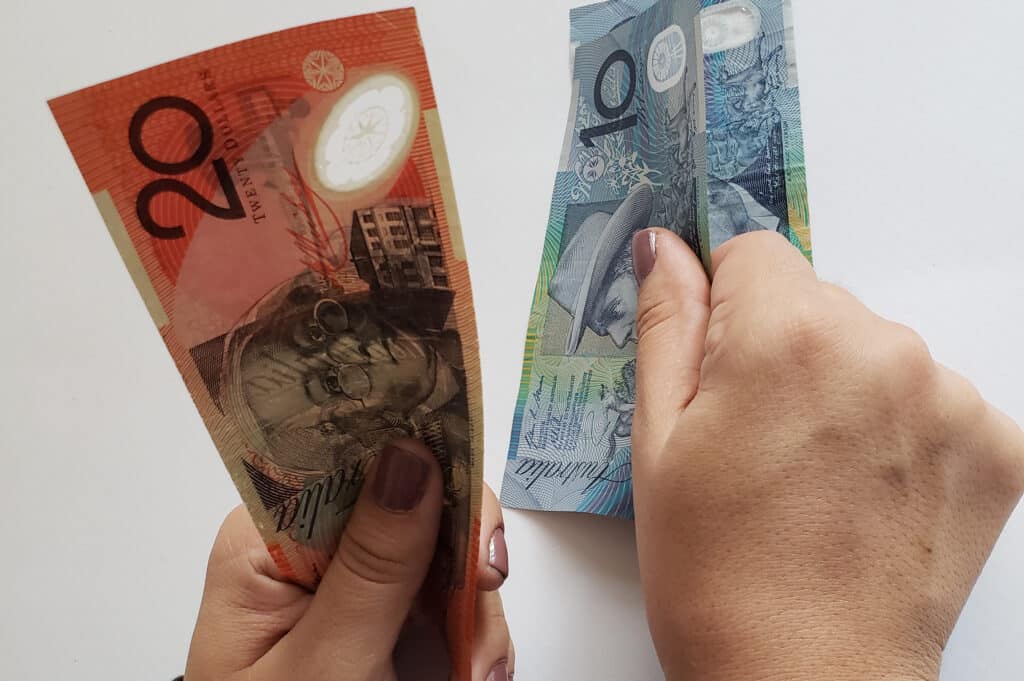The Albanese Government outlined a $7.8 billion cost-of-living relief package in Tuesday night’s budget.
It’s a modest package that will go some way to supporting struggling households, with the Treasurer also hoping to avoid inflation.
As expected, the Government held off on rising the rate of JobSeeker, which hundreds of prominent women and non-binary leaders recently urged the Government to do, including Australian Sex Discrimination Commission Dr Anna Cody, CEO of Djirra Antoinette Braybrook AM, Magda Szubanski AO and ACOSS CEO Dr Cassandra Goldie.
Currently, people on the JobSeeker welfare payment, which ACOSS says amounts to about 500,000 women, receive just $55 a day. Those on Youth Allowance receive just $45 a day.
Regardless, there is some relief. Here’s what women can expect and the dollars we could all save.
A tax cut
Ninety per cent of working women will receive a tax cut under the reformed Stage 3 tax cuts, according to the the budget documents.
These reforms were announced earlier this year and have been applied to previously legislated tax cuts under the Coalition Government. The Albanese Government faced pressure to reform the previous version of these tax cuts, with modelling showing they would have mostly favoured high-income-earning men.
Having now expanded the tax cuts, the Government says 5.8 million women will see tax relief in the next financial year. An average taxpayer will receive a tax cut of $1,888 or $36 a week, according to the Budget documents.
Lower energy bills
Every household will receive a $300 rebate on energy bills, regardless of income. This payment is not means-tested, which means, as Jacqui Lambie pointed out on Tuesday night, that even the richest person in Australia, Gina Rinehart, will receive the rebate.
The Government says the measure has been taken to relieve pressure while reducing inflation.
The rebate will flow through from July, with the total $300 paid through via statements, lowering each bill by $75.
Small businesses will receive a rebate of $325.
Slightly more rent assistance
The Budget includes a 10 per cent increase in rent assistance, amounting to a modest $18.80 a fortnight for singles and $25 a fortnight for families.
The rent assistance will flow through to almost one million people and comes as rents increased by 7.8 per cent in the year to March, according to the government papers.
Cheaper medicine
Prescription co-payments will be frozen at $31.60 for two years for the general public for medicines on the Pharmaceutical Benefits Scheme, as part of the cost-of-living relief package. Those who hold pension and concession cards can also expect to only pay a maximum of $7.70 in co payments for the next five years.
Targeted Jobseek increase, for 5000 people
While the overall JobSeeker rate has not increased, up to 5000 people will receive an extra $54.90 a fortnight by accessing a higher rate of the payment. This applies to those who can work up to 14 hours a week and have a “partial capacity to work”.
Student loan debt
As announced last week, the Budget includes a reduction in indexation of HECS and HELP student loan debt, resulting in an estimated $3 billion being wiped from student debt from July and benefiting three million Australians. Women make up 60 per cent of those who have such a debt, and women typically have an average higher debt than men.
There are other measures for women outlined in the 2024 Federal Budget including in the areas of safety, health and skills and jobs creation. You can see the rest of our Budget coverage here.


